Cheap but Good Chlorine Tablets: The Essential Guide to Affordable Pool Maintenance
Owning a pool is a wonderful luxury, but maintaining it can be both time-consuming and costly. When it comes to sanitation, chlorine tablets offer a convenient, hands-free solution to keep your water clean, safe, and inviting. However, with so many options available, finding effective yet affordable chlorine tablets can be challenging. This guide explores the best budget-friendly chlorine tablets that don’t compromise on quality, allowing you to maintain crystal-clear water without breaking the bank.
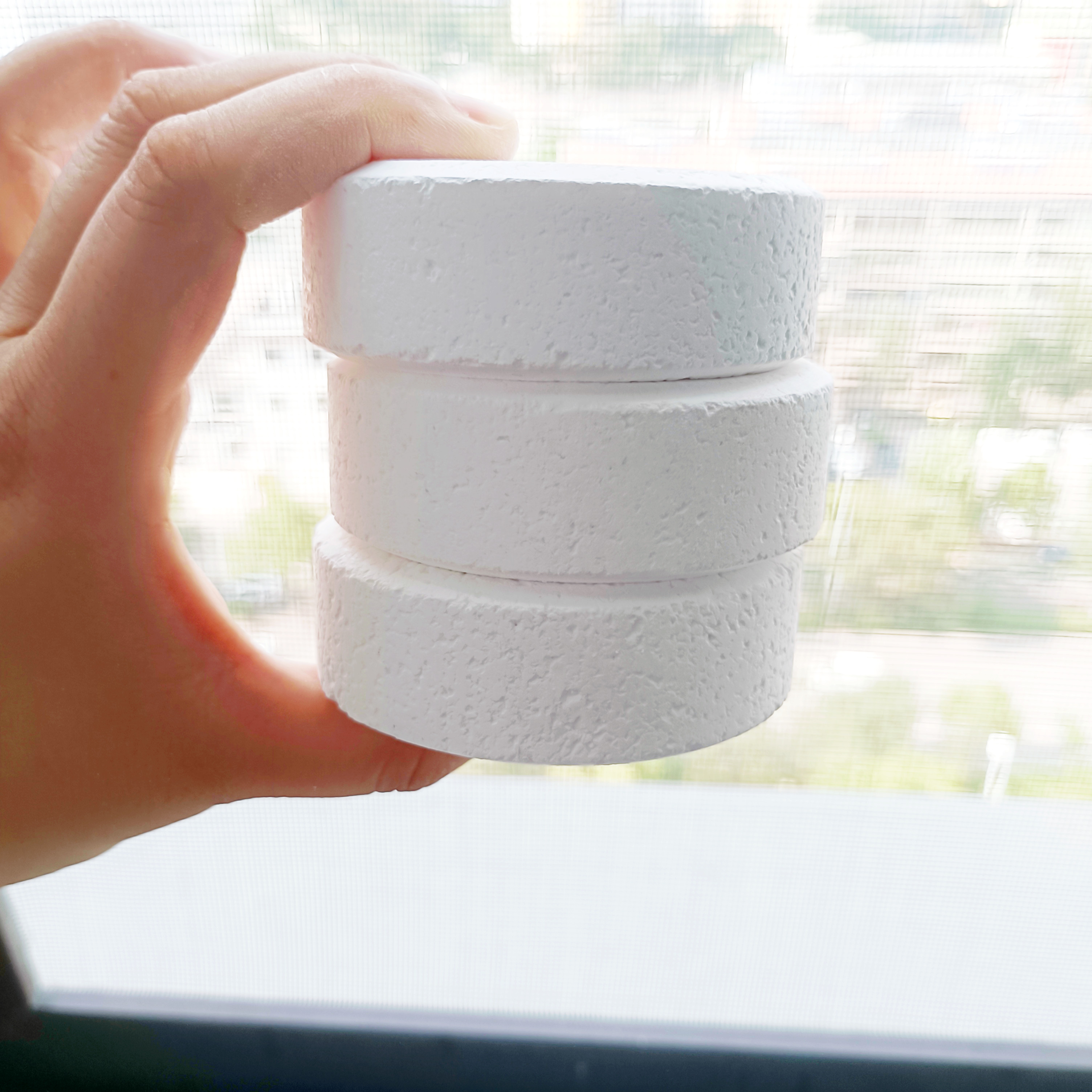
1. Why Use Chlorine Tablets for Your Pool?
Chlorine tablets, also known as chlorine pucks, are one of the most efficient and cost-effective ways to sanitize your pool. Unlike liquid or granular chlorine, chlorine tablets dissolve slowly, providing a steady release of chlorine over time. This means less frequent dosing and reduced maintenance. The main advantages of using chlorine tablets include:
- Convenience: Tablets are pre-dosed and easy to handle, unlike liquid or granular forms that require precise measurements.
- Consistency: Slow-dissolving tablets maintain a steady chlorine level, reducing the chance of algae growth and bacterial contamination.
- Compatibility: Chlorine tablets work well with floating dispensers, skimmer baskets, and automatic chlorinators, making them adaptable for most pools.
For pools larger than 5,000 gallons, 3-inch tablets are recommended for efficiency, while 1-inch tablets are suitable for smaller or above-ground pools.
2. How to Choose the Right Chlorine Tablets for Your Pool
When selecting chlorine tablets, affordability doesn’t have to mean sacrificing quality. Here are key considerations to ensure you’re getting the best value:
Stabilized vs. Unstabilized Tablets
Stabilized chlorine tablets contain cyanuric acid, which protects chlorine from degrading under sunlight. While beneficial for outdoor pools, stabilizer levels should be monitored since high cyanuric acid concentrations can reduce chlorine’s effectiveness. For outdoor pools exposed to sun, stabilized tablets are ideal. However, avoid them for indoor pools, as there’s no UV light exposure, and excess stabilizer will build up over time.
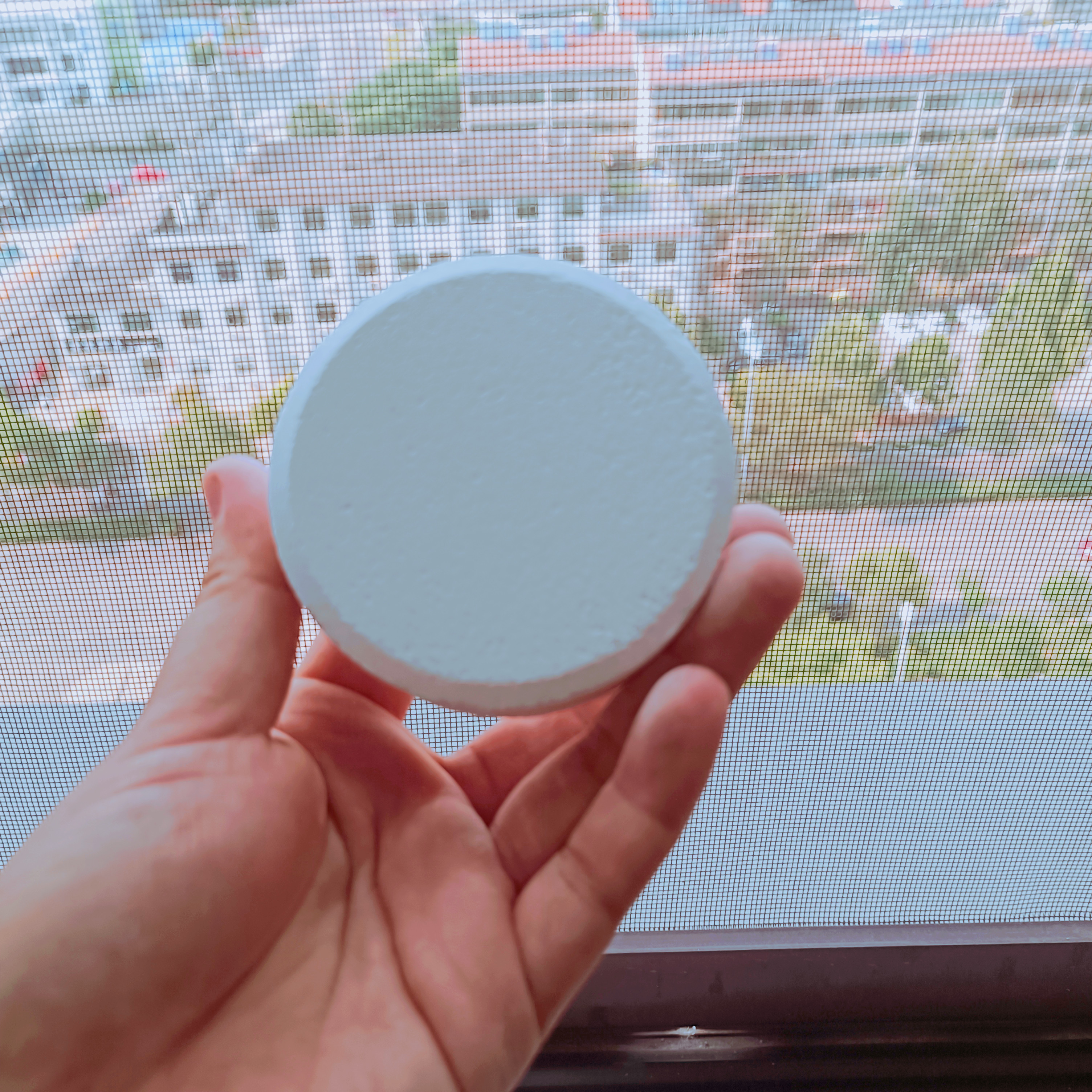
Tablet Size: 1-Inch vs. 3-Inch
Tablet size matters in pool maintenance. A single 3-inch tablet can effectively sanitize up to 5,000 gallons of water, making it ideal for larger pools. On the other hand, 1-inch tablets are better suited for smaller pools, allowing for more precise chlorine dosing without risking over-chlorination.
Dissolution Rate
The ideal chlorine tablet should dissolve at a steady rate, providing consistent chlorination. Lower-quality tablets may dissolve too quickly, leading to inconsistent chlorine levels and higher costs due to frequent replacement. Quality brands ensure a balanced dissolution rate, allowing you to maintain your pool without excessive dosing.
3. Top Affordable Chlorine Tablets That Deliver Great Results
Finding budget-friendly yet high-performing chlorine tablets can seem like a daunting task. Here are some reliable options that strike a balance between quality and cost:
In The Swim 3-Inch Stabilized Chlorine Tablets
Known for their consistent performance, In The Swim’s 3-inch tablets offer exceptional chlorination while maintaining pool clarity. Individually wrapped for freshness and reduced handling mess, these tablets are both convenient and long-lasting. Users praise the product's stability in water, ensuring minimal crumbling during storage and transport. In The Swim provides a reliable solution for pools of all sizes, with a dissolution rate that effectively manages chlorine levels even in high temperatures.
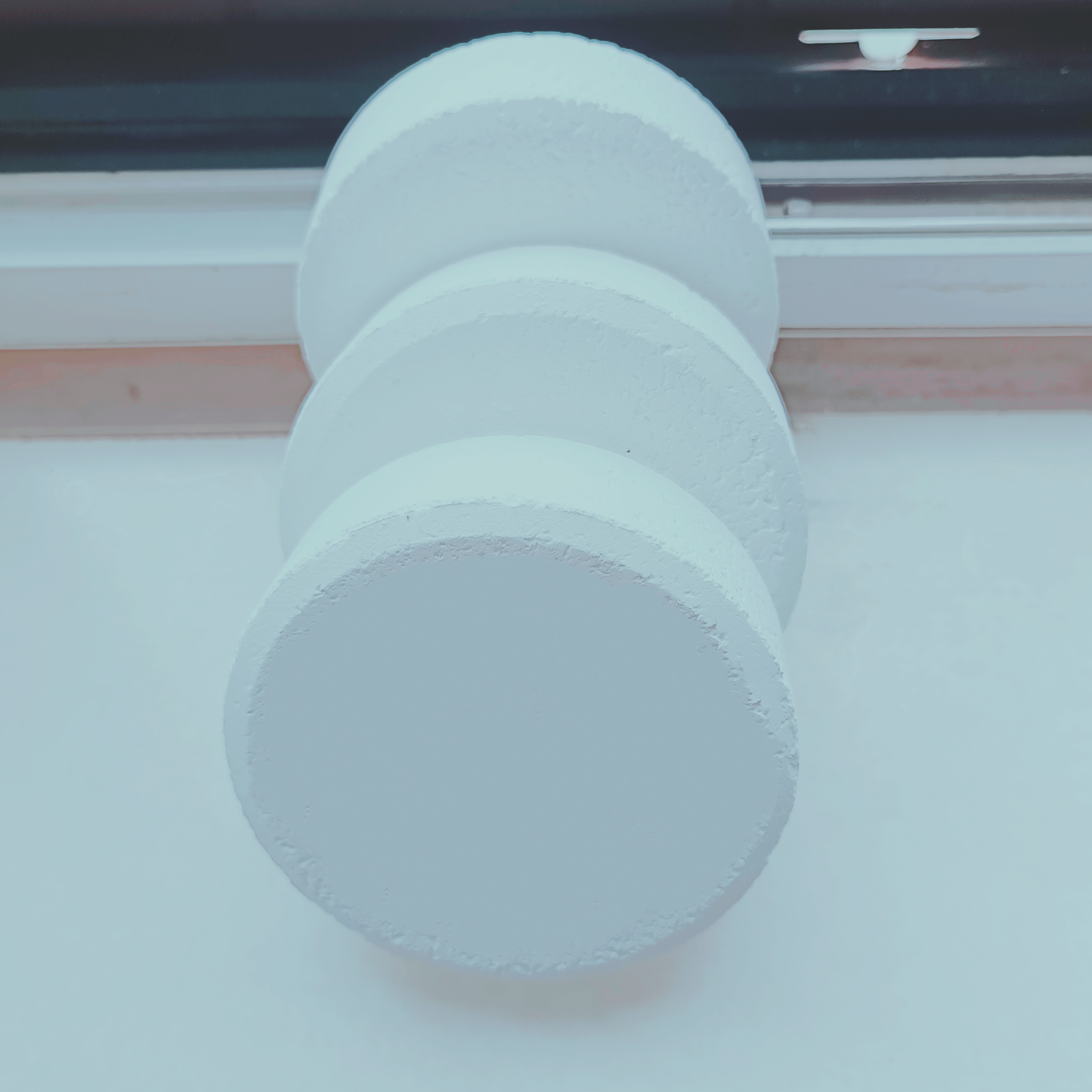
Rx Clear 3-Inch Chlorine Tablets
For pool owners seeking affordability without sacrificing quality, Rx Clear is a top contender. Each tablet offers a high chlorine concentration, which means fewer tablets are needed to maintain optimal levels. Users find that Rx Clear’s tablets dissolve slowly, making them ideal for automatic chlorinators or skimmer baskets. Their lower price point and high efficacy make Rx Clear a budget-friendly option that holds its own against more expensive brands.
Doheny's 3-Inch Chlorine Tablets
Designed with longevity in mind, Doheny’s 3-inch tablets are individually wrapped and contain stabilizer, making them suitable for pools exposed to direct sunlight. Users find these tablets effective in keeping algae at bay, even in warm climates. The large, 50-pound bucket offers great value for frequent pool users. Although some users mention minor crumbling in transit, the overall quality and affordability make Doheny’s a reliable option for budget-conscious pool owners.
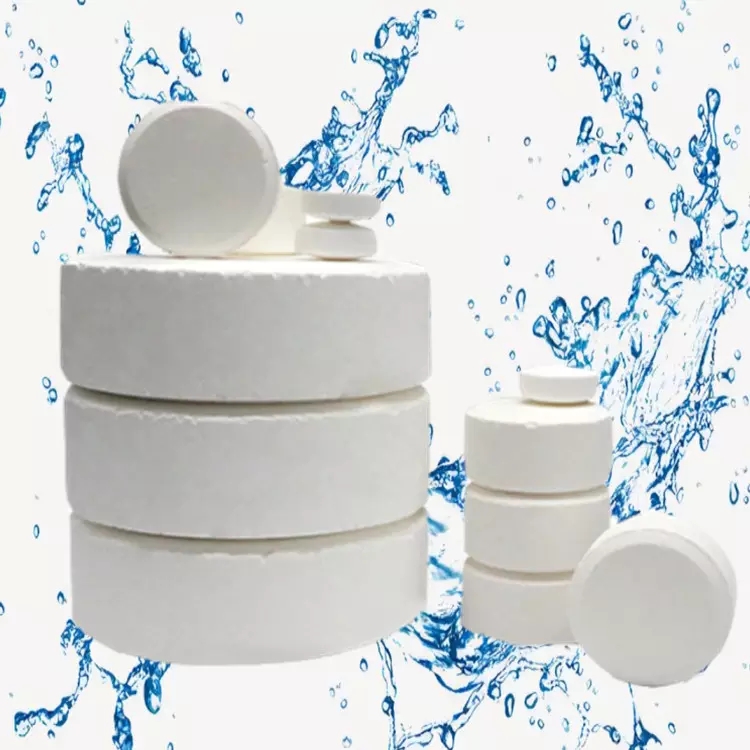
4. Safely Using Chlorine Tablets: Tips for Optimal Results
Proper use of chlorine tablets is essential to maximize their effectiveness and ensure a safe swimming environment. Here’s how to make the most of your chlorine tablets:
Placement Matters
For even distribution, use an automatic chlorinator or floating dispenser. Automatic chlorinators are the most reliable choice, as they control the tablet dissolution rate by adjusting water flow. Place tablets in the chlorinator, set the desired dissolution rate, and let it work its magic. Alternatively, a floating dispenser can work well for smaller pools. While more cost-effective, floating dispensers may lead to uneven distribution, so monitor chlorine levels closely.
Avoid Placing Tablets Directly in the Skimmer Basket
Putting chlorine tablets directly in the skimmer basket can seem convenient, but it’s not advisable. Chlorine tablets continue to dissolve even when the pump is off, leading to high concentrations of chlorine near the skimmer. Over time, this can damage equipment and erode pool surfaces. Instead, opt for a floating dispenser or automatic chlorinator to ensure consistent chlorine dispersal.
Regularly Test Water Chemistry
Maintaining balanced pool chemistry is essential for the safety and comfort of swimmers. Chlorine tablets can lower pH and alkalinity levels over time, which may lead to eye and skin irritation if left unchecked. Test your pool water weekly and adjust pH (ideally between 7.4 and 7.6) and alkalinity levels as needed. Aim for free chlorine levels of 1 to 3 PPM and cyanuric acid levels between 30 and 50 PPM. Keeping these levels stable will optimize the effectiveness of your chlorine tablets.
5. Comparing the Costs of Chlorine Tablets to Other Pool Sanitizers
When evaluating cost-effectiveness, it’s important to compare chlorine tablets with other sanitization methods:
Liquid Chlorine
Liquid chlorine is inexpensive per gallon but requires frequent dosing, making it less cost-effective in the long run. It also has a shorter shelf life and is less stable in sunlight unless combined with stabilizers. Additionally, liquid chlorine has a high pH, meaning pool owners will need to regularly adjust the pool’s pH balance, which can be labor-intensive.
Granular Chlorine
Granular chlorine offers a rapid-dissolving alternative, ideal for shock treatments or fighting algae. However, it requires careful handling and measurement, making it less convenient for regular maintenance. Tablets, by comparison, offer a slower and more controlled release, reducing the need for constant dosing and testing.
Pool Shock
Pool shock treatments, often composed of calcium hypochlorite, provide a quick chlorine boost but aren’t suitable for daily use. They’re typically used as a supplementary treatment rather than a primary sanitizer. While effective, they tend to be more costly over time when compared to tablets, which provide a steady release of chlorine for ongoing maintenance.
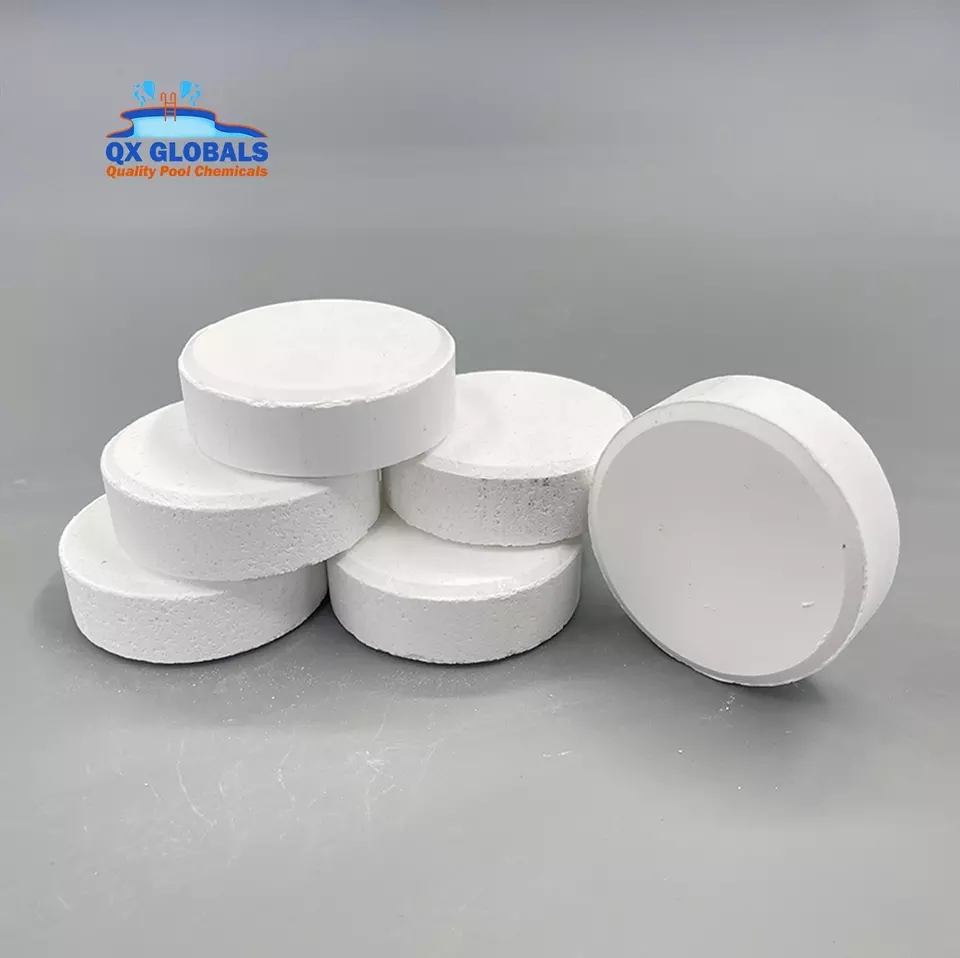
6. Frequently Asked Questions About Chlorine Tablets
How Many Chlorine Tablets Should I Use?
A 3-inch chlorine tablet is sufficient for approximately 5,000 gallons of water. To calculate the number of tablets required, divide your pool’s volume by 5,000. For smaller pools, 1-inch tablets allow for better dosing control and prevent over-chlorination.
Can I Use Pool Shock Instead of Chlorine Tablets?
While pool shock is excellent for quick boosts in chlorine levels, it is not intended as a replacement for chlorine tablets. Pool shock treats water rapidly but lacks the sustained release that tablets provide, making it suitable for supplementary but not primary use.
Are Stabilized Chlorine Tablets Safe for Indoor Pools?
No, indoor pools do not require stabilized chlorine tablets. Stabilizers like cyanuric acid help protect chlorine from UV breakdown in sunlight, which is unnecessary for indoor pools and can lead to high stabilizer levels over time, reducing chlorine’s effectiveness.
Final Thoughts: Choosing Affordable, High-Quality Chlorine Tablets
Finding affordable yet effective chlorine tablets is key to efficient pool maintenance. By investing in quality brands like In The Swim, Rx Clear, and Doheny’s, you can maintain a clean, safe pool without stretching your budget. Remember to choose the correct size, use proper dispensers, and test water chemistry regularly. With these practices, your pool can stay pristine all season long—without costly maintenance surprises.
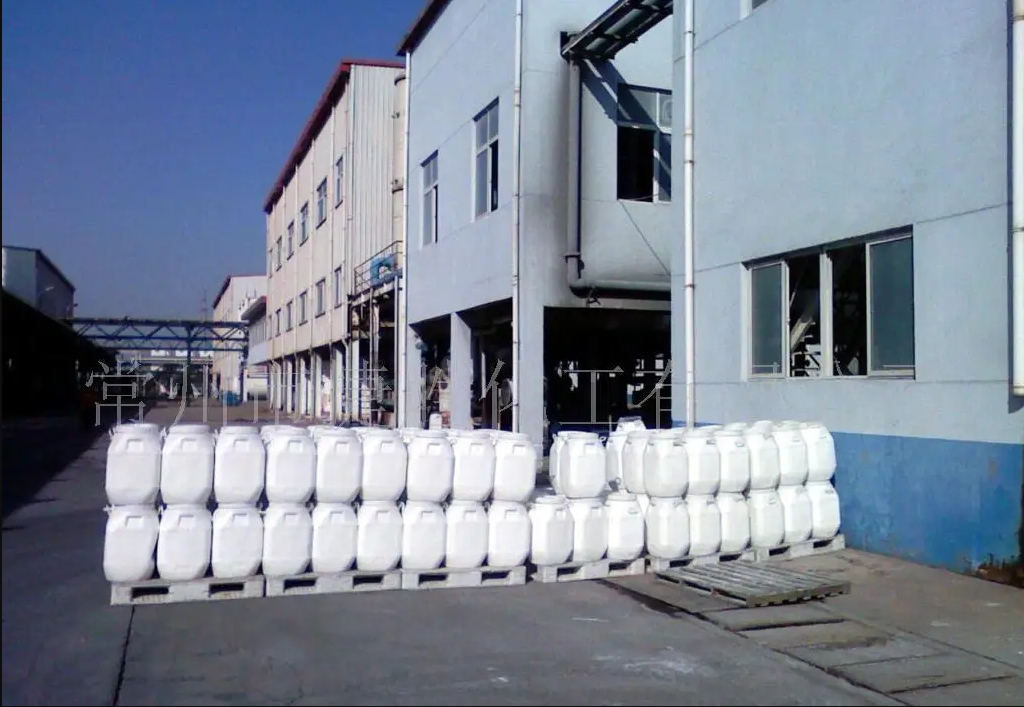 Largest China Factory Manufact
Largest China Factory Manufact
 Cheap but Good Chlorine Tablet
Cheap but Good Chlorine Tablet
 Cheap but Good Chlorine Tablet
Cheap but Good Chlorine Tablet
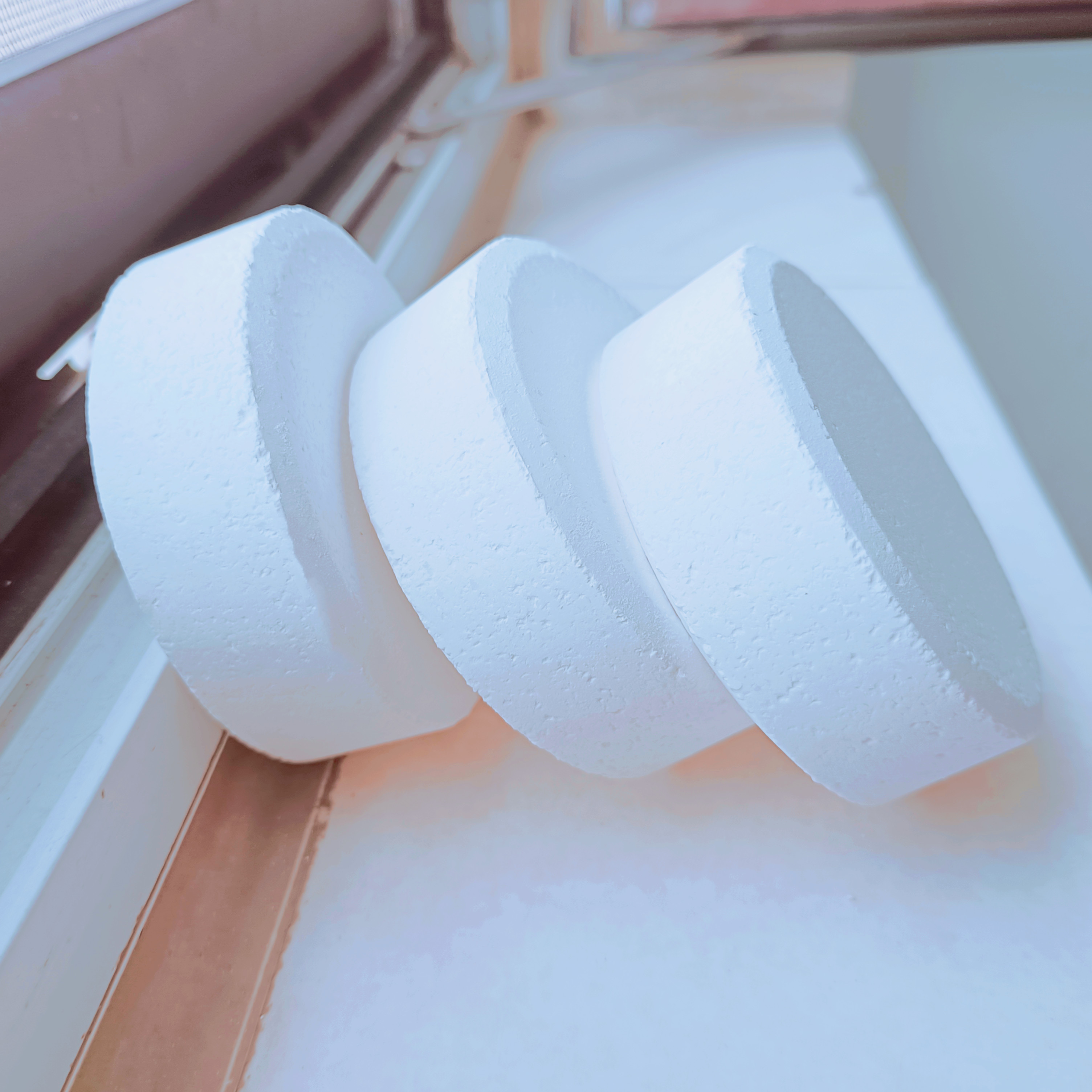 What Size Chlorine Tablets for
What Size Chlorine Tablets for

